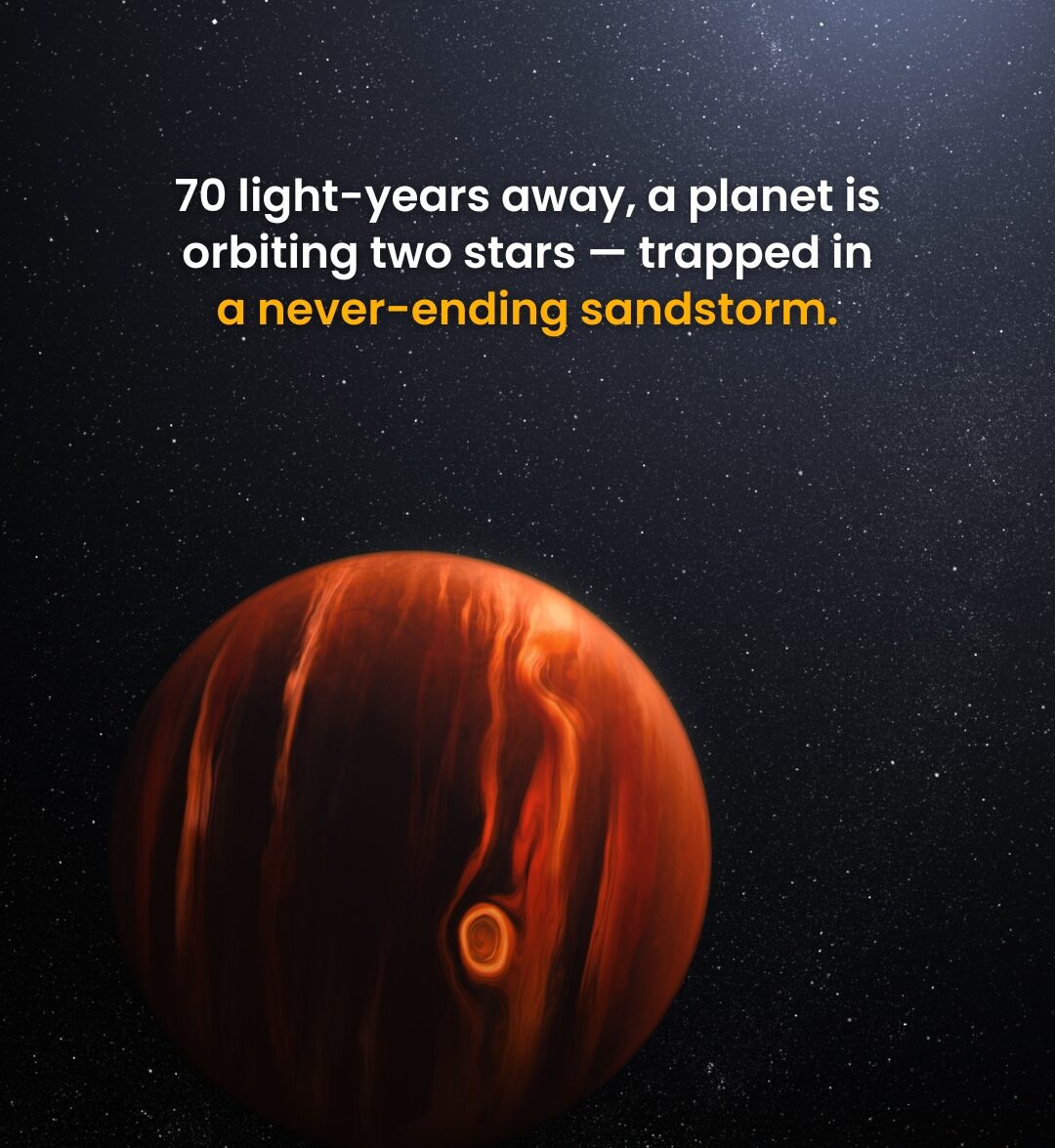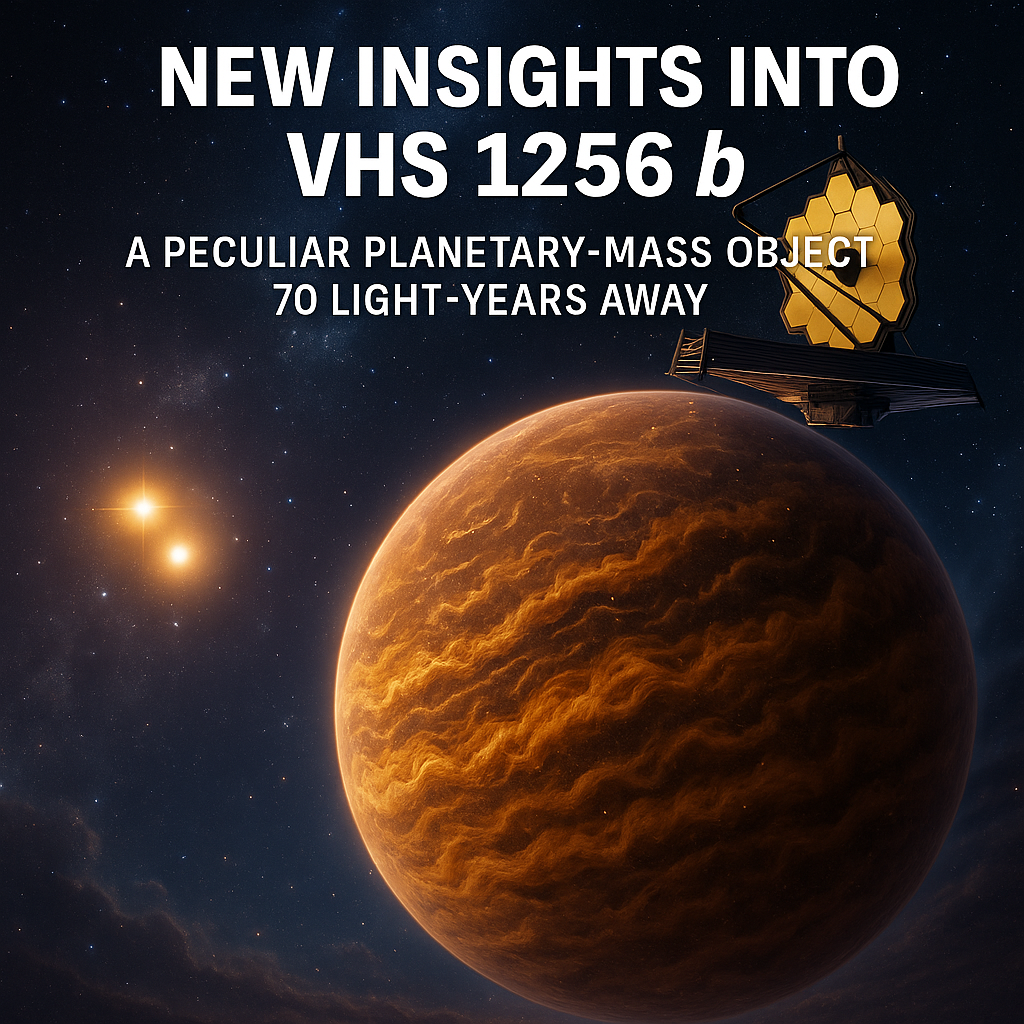A Planet With Two Suns
A Planet With Two Suns. The James Webb Space Telescope (Jwst) Observations Have Provided New Insights Into Vhs 1256 B, A Peculiar Planetary-Mass Object 70 Light-Years Away. This Object, Orbiting A Binary Star System, Blurs The Lines Between Giant Planets And Brown Dwarfs.

830 Degrees Celsius
It’s An Extremely Hot World, With Temperatures Reaching 830 Degrees Celsius (1,526 Degrees Fahrenheit), And It Boasts A Turbulent Atmosphere Filled With Silicate Grains, Causing Raging Sandstorms.
Precise Observations
Precise Observations Allowed Astronomers To Identify Molecules Like Methane, Carbon Monoxide, Water, And Evidence Of Carbon Dioxide In The Object’s Atmosphere, The Most Features Identified At Once For A Single Target.
The Analysis Of Light Emitted By Vhs 1256 B Revealed Varying Sizes Of Silicate Grains In The Atmosphere, With Larger Grains Raining Back Down Into The Interior Due To Their Weight, While Smaller Grains Rise. This Creates Dramatic Variations In Brightness Over Its 22-Hour Day.
The Wide Orbit Of Vhs 1256 B Makes It Easier To Study Its Atmosphere Since Its Light Isn’t Mixed With The Light Of Its Two Stars. The Object’s Mass, Straddling The Boundary Between Giant Planets And Brown Dwarfs, And The Unusual Distance From Its Stars Raises Questions About Its Formation.
It’s Still Unknown If It Formed Like A Planet From The Bottom Up Or Like A Star/Brown Dwarf Through Cloud Collapse. Its Unique Features Are Providing Scientists With Valuable Data To Study The Dynamics Of Clouds And Weather Systems On Similar Objects, Particularly Brown Dwarfs.

Research Paper:
Brittany E. Miles Et Al., “The Jwst Early-Release Science Program For Direct Observations Of Exoplanetary Systems Ii: A 1 To 20 Μm Spectrum Of The Planetary-Mass Companion Vhs 1256–1257 B”, The Astrophysical Journal Letters (2023)
